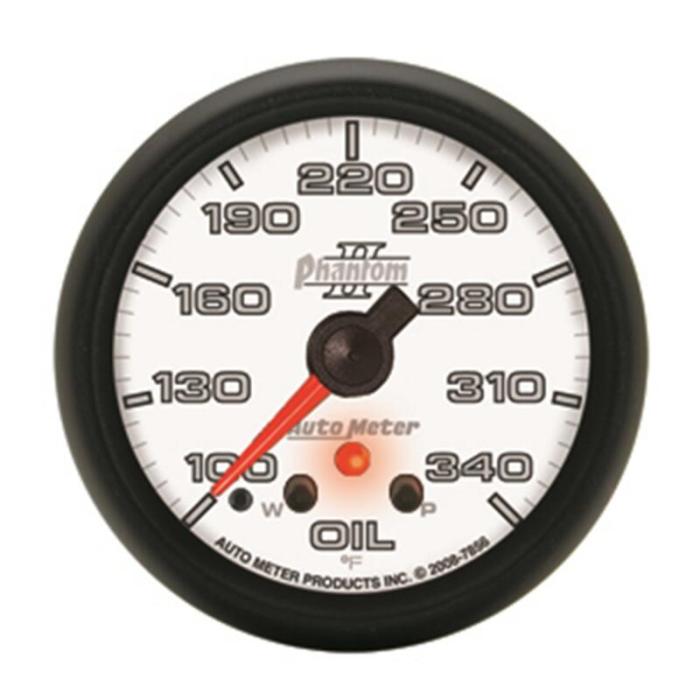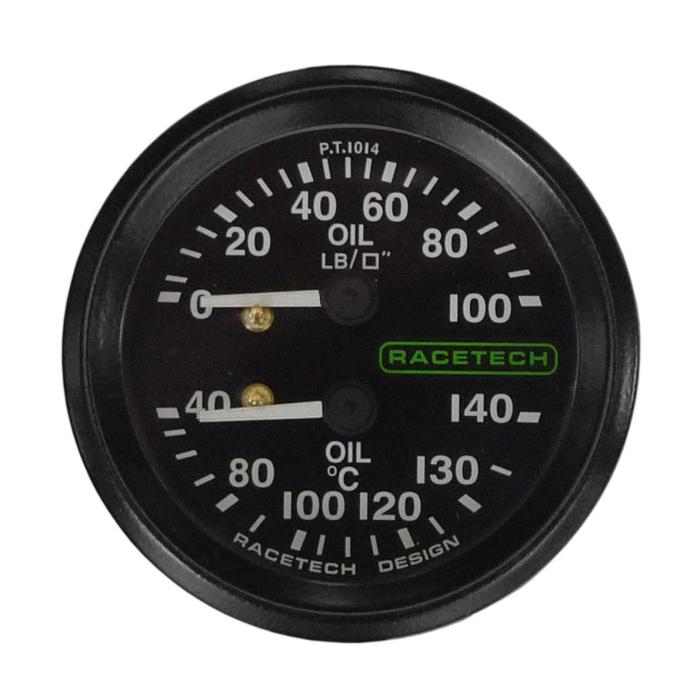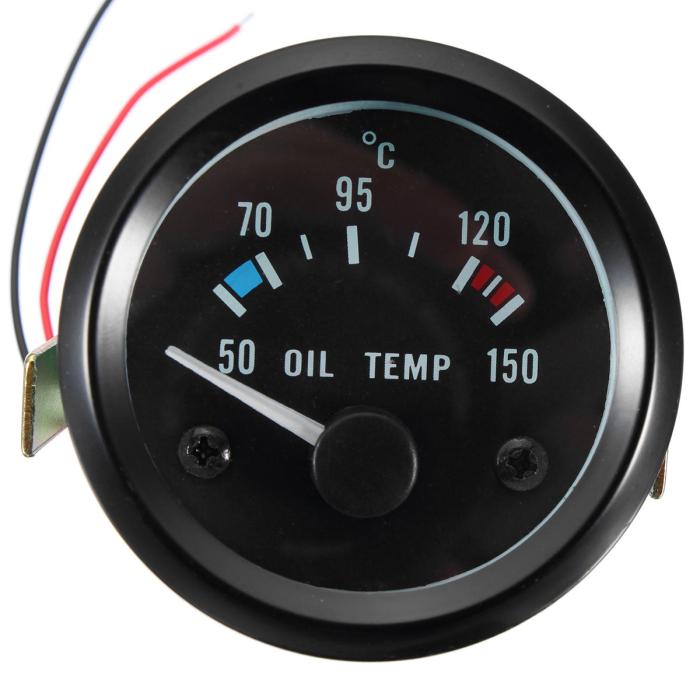Engine oil temperature gauges indicate the temperature of the oil, a critical parameter for ensuring optimal engine performance and longevity. Understanding oil temperature and its impact on engine health is essential for maintaining a reliable and efficient vehicle.
Monitoring oil temperature provides valuable insights into the engine’s operating conditions, allowing for timely detection of potential issues and proactive maintenance.
Engine Oil Temperature Gauges: Purpose and Function

Engine oil temperature gauges are essential tools for monitoring the health of an engine. They provide real-time information about the temperature of the oil, which is crucial for ensuring optimal engine performance and longevity.
Monitoring oil temperature is important because it affects various aspects of engine operation. High oil temperatures can lead to oil degradation, reduced lubrication effectiveness, and increased wear on engine components. Conversely, low oil temperatures can cause poor oil flow, inadequate lubrication, and potential engine damage.
By maintaining the oil temperature within the recommended range, engine oil temperature gauges help prevent premature wear, improve engine efficiency, and extend the lifespan of the engine.
Types of Engine Oil Temperature Gauges: Engine Oil Temperature Gauges Indicate The Temperature Of The Oil
There are several types of engine oil temperature gauges available, each with its own advantages and disadvantages.
- Mechanical Gauges:These gauges use a capillary tube and a pressure-sensitive diaphragm to measure oil temperature. They are relatively inexpensive and easy to install, but they may not be as accurate as other types of gauges.
- Electrical Gauges:These gauges use a thermistor or thermocouple to measure oil temperature. They are more accurate than mechanical gauges, but they require more wiring and installation effort.
- Digital Gauges:These gauges use a digital display to show oil temperature. They are the most accurate type of gauge, but they are also the most expensive.
Popular oil temperature gauge models include:
- AutoMeter Sport-Comp Ultra-Lite Oil Temperature Gauge
- GlowShift 7-Color Digital Oil Temperature Gauge
- Defi Advance CR Oil Temperature Gauge
Installation and Placement of Oil Temperature Gauges

Installing an oil temperature gauge involves the following steps:
- Choose a location for the gauge that is easily visible while driving.
- Drill a hole in the oil pan or oil filter housing for the gauge probe.
- Install the gauge probe into the hole and tighten it securely.
- Connect the gauge wires to the appropriate terminals on the gauge.
- Calibrate the gauge according to the manufacturer’s instructions.
The optimal location for the gauge probe is in the oil pan, as close to the oil pump as possible. This ensures that the gauge is reading the temperature of the hottest oil in the system.
Interpreting Oil Temperature Gauge Readings
Interpreting oil temperature gauge readings is essential for maintaining engine health. Normal oil temperature ranges vary depending on the engine type and operating conditions.
In general, oil temperatures should be maintained between 180°F (82°C) and 220°F (104°C). Temperatures below this range may indicate poor oil flow or a clogged oil filter. Temperatures above this range may indicate overheating, excessive friction, or a lack of lubrication.
If the oil temperature gauge consistently reads outside of the normal range, it is important to investigate the underlying cause and take appropriate action.
Troubleshooting Oil Temperature Gauge Issues

Common problems that can affect oil temperature gauge accuracy include:
- Faulty gauge
- Loose or damaged wiring
- Clogged oil filter
- Oil pump problems
Troubleshooting steps for diagnosing and resolving gauge malfunctions include:
- Check the gauge for any physical damage or loose connections.
- Test the gauge using a multimeter to verify its functionality.
- Inspect the wiring for any breaks or shorts.
- Replace the oil filter if it is clogged.
- Consult a mechanic if the problem persists.
Advanced Features and Applications of Oil Temperature Gauges
Advanced oil temperature gauges offer features such as alarms and data logging. Alarms can be set to alert the driver if the oil temperature exceeds a predetermined threshold.
Data logging allows the driver to record and review oil temperature data over time. This information can be used to identify trends and diagnose potential problems.
Oil temperature gauges are also used in various industries and settings, including:
- Automotive racing
- Industrial machinery
- Power generation
- Marine applications
FAQ Overview
Why is monitoring engine oil temperature important?
Monitoring engine oil temperature is important because it provides insights into the engine’s operating conditions and helps identify potential issues that could affect engine performance and longevity.
What are the optimal oil temperature ranges?
Optimal oil temperature ranges vary depending on the engine type and operating conditions. Generally, oil temperatures should be maintained within the range specified by the vehicle manufacturer.
What are the potential causes of high oil temperatures?
High oil temperatures can be caused by factors such as low oil levels, clogged oil filters, cooling system issues, or excessive engine load.